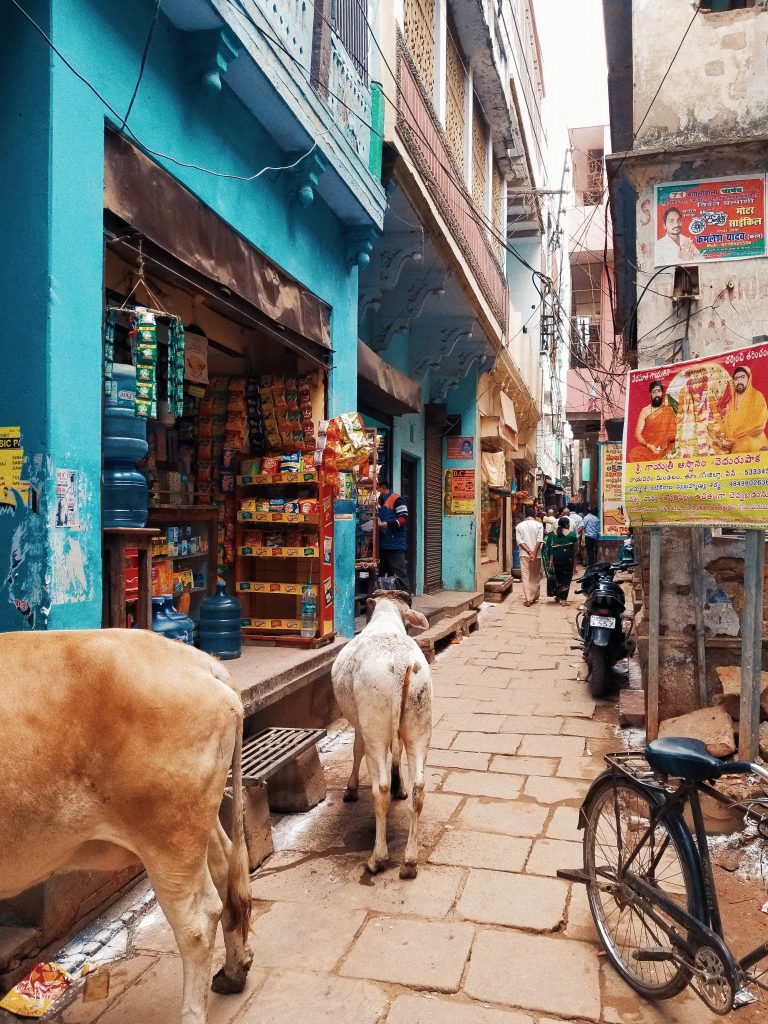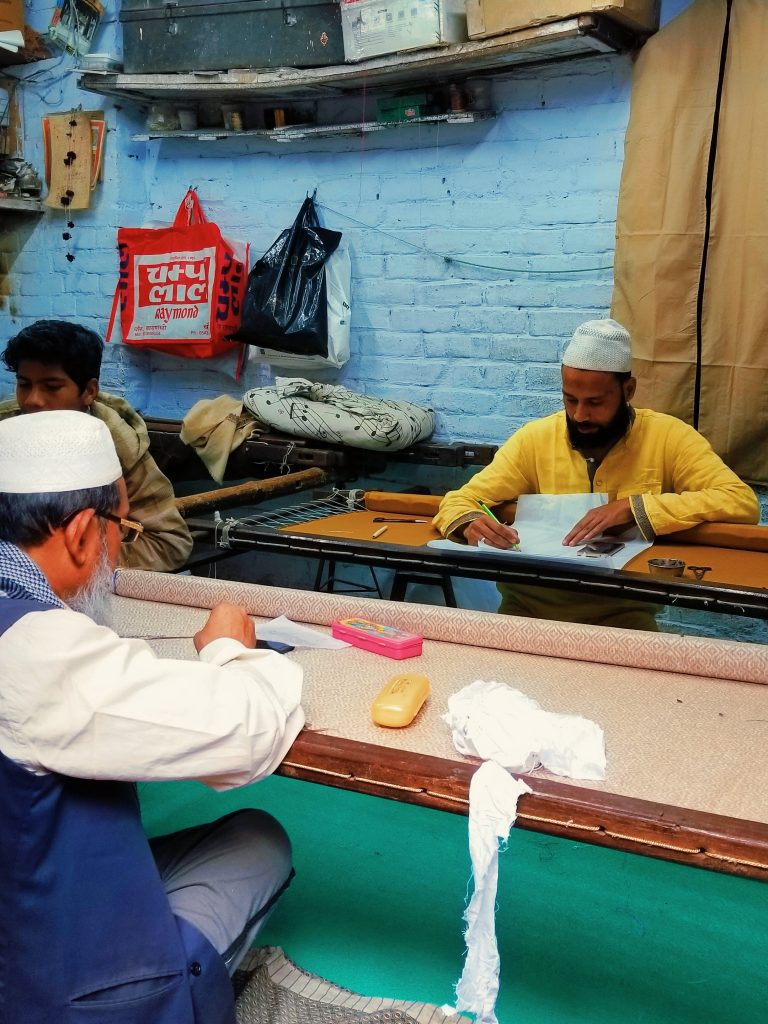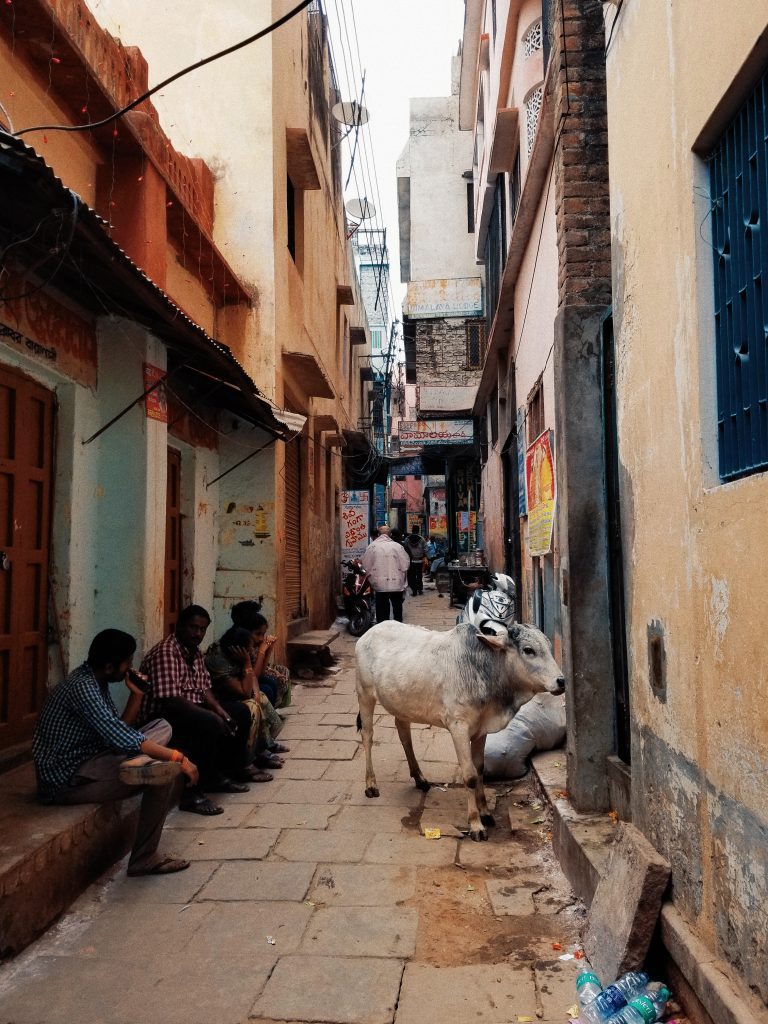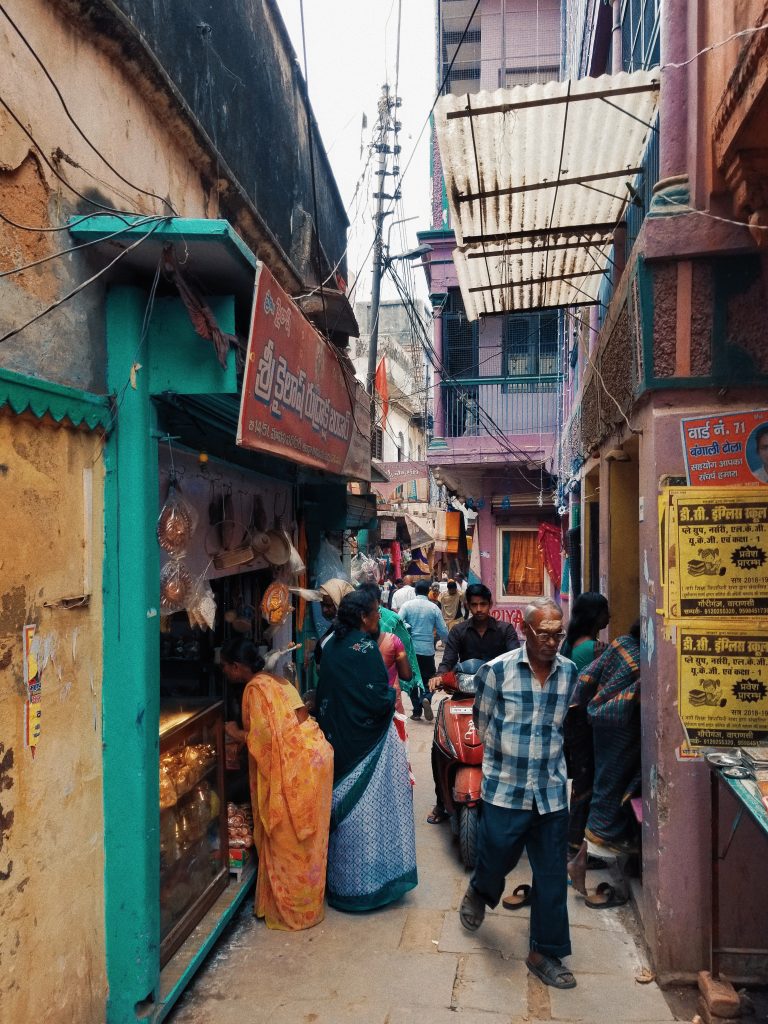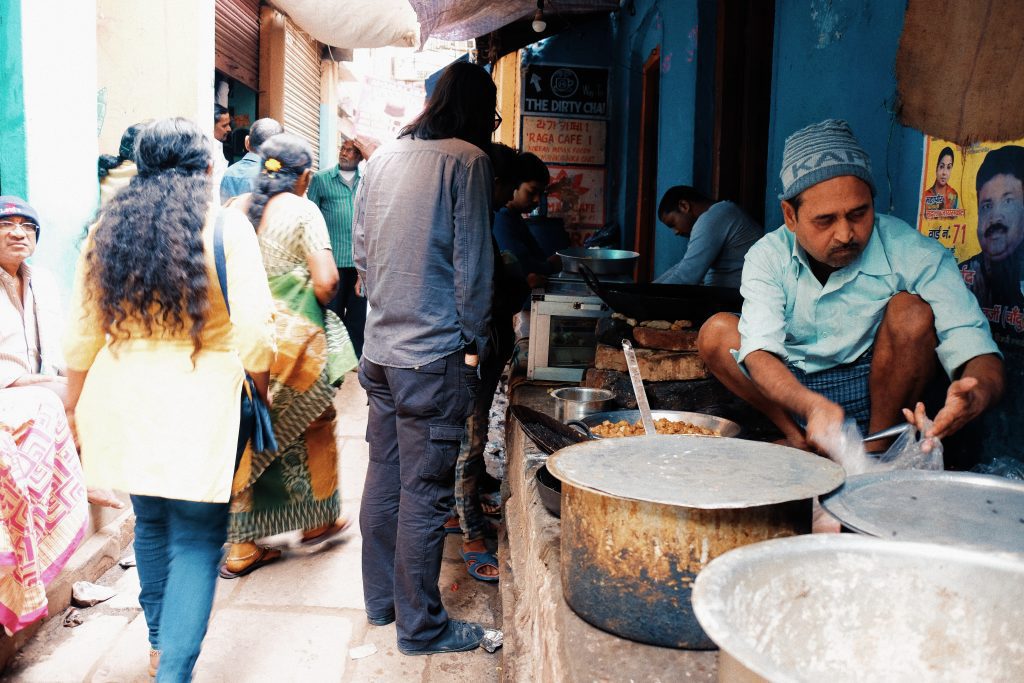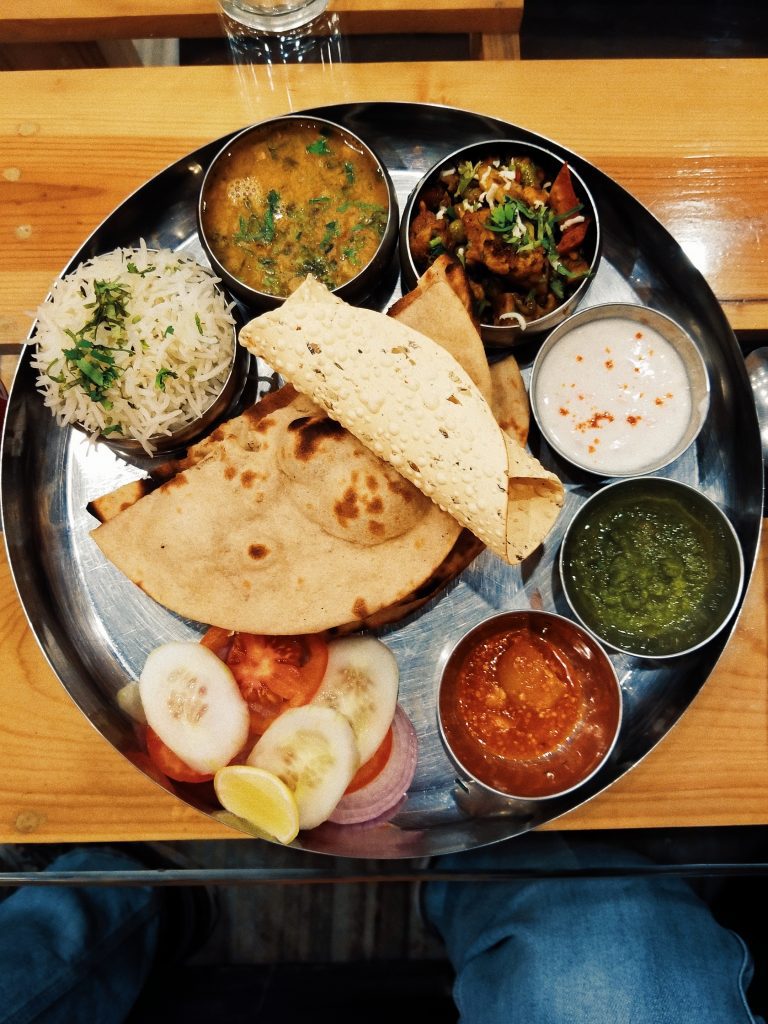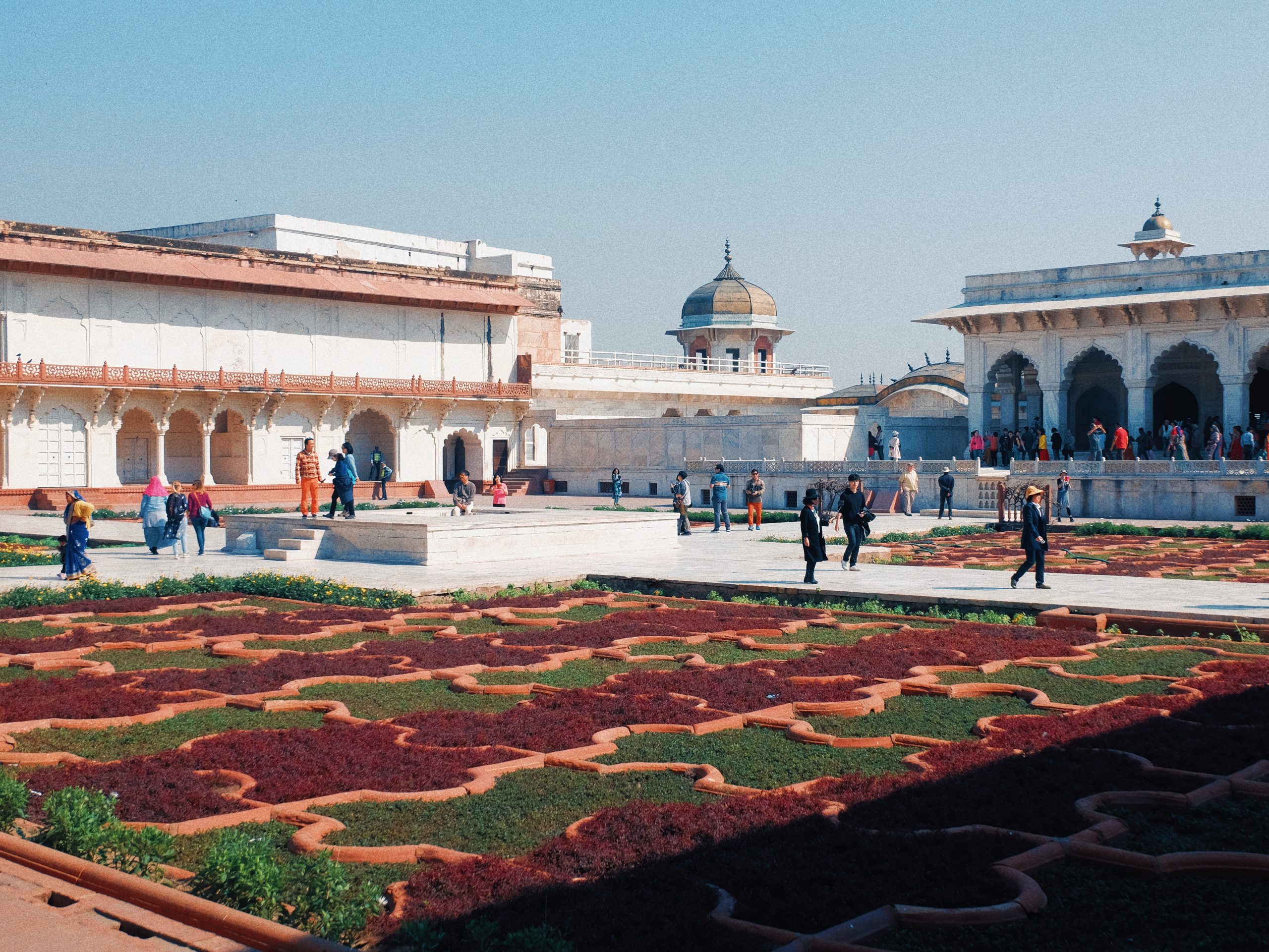
February 15, 2018. I spent the morning at Agra Fort, or the “red fort” to the west of the Agra, a walled enclave similarly established along the banks of the Yamuna River like the Taj Mahal. Initially built as a military fort, it also later on served as a palace for those who ruled this part of India. It changed hands in as many times as it was occupied by the different groups that tried to govern this part of the subcontinent over the centuries from the Lodi Dynasty of the Delhi Sultanate, the Mughal Empire and the Maratha Dynasty, before finally falling into the hands of the British. Today, parts of it is still reserved for the use of the Indian army.


The entire fort is around 34 hectares, and houses dozens of different structures within its 21.4 meters high fortifications. I explored the fort without a tour guide, so most of the information I now know about it came from readings I did after my visit. Nonetheless, my impression of its elaborate architecture at that time is just as amazed as I am still now of its rich history.
At its peak in the late 1600’s, the Mughals ruled from what is modern-day Afghanistan all the way to today’s Bangladesh. Despite being a muslim dynasty with Turk-Mongol and Persian roots, it effectively administered a vast empire of diverse religions (predominantly Hindu), cultures and traditions, through tolerance and alliances.
The Mughals built grand forts, palaces and monuments (such as the Taj Mahal) that rivaled Western architecture and engineering. The Mughal economy also accounted for a fourth of world trade. It was considered India’s last “golden age”.

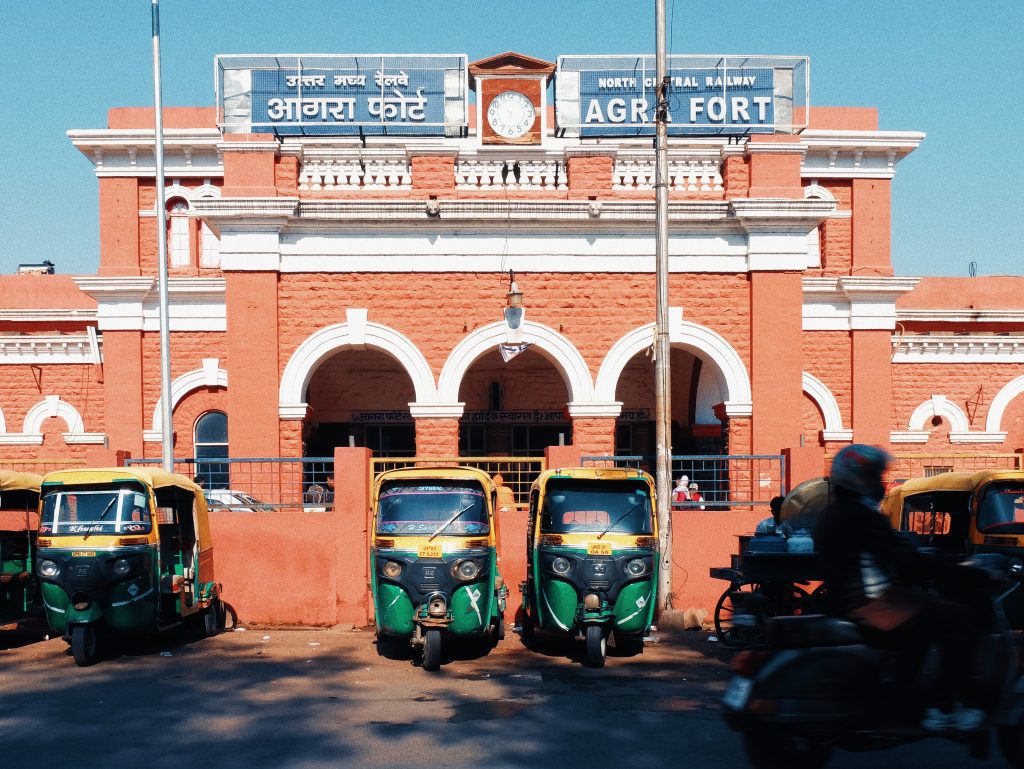
February 14, 2018. I took a night train from Varanasi to Agra that took almost fifteen (15) hours covering a distance of around 430 kilometers. I was barely able to sleep on the train–a first of many train journeys I was to take in India.
I arrived well into the morning the next day. Exhausted from the trip, I first settled at my hostel and took half a day to rest before venturing off that afternoon.

Note: This is an ante-dated post. (Date of actual events)
February 12 – 13, 2018. Many people have certain images that come to mind when India is brought up in conversations. Notwithstanding its massive population and great diversity, certain recurring themes are amplified by visual images in mass media in the way we imagine the country. Think of that and it all comes alive in Varanasi. It is crowded, it is chaotic, it is sacred, it is ancient, it is modern, it is pungent, it is fragrant. Varanasi is so many different things that trigger all your senses, from sight, to smell, to hearing. Most non-Indian travelers would either love it or hate it. It was, for me, a perfect introduction to my four-week voyage across two north Indian states.
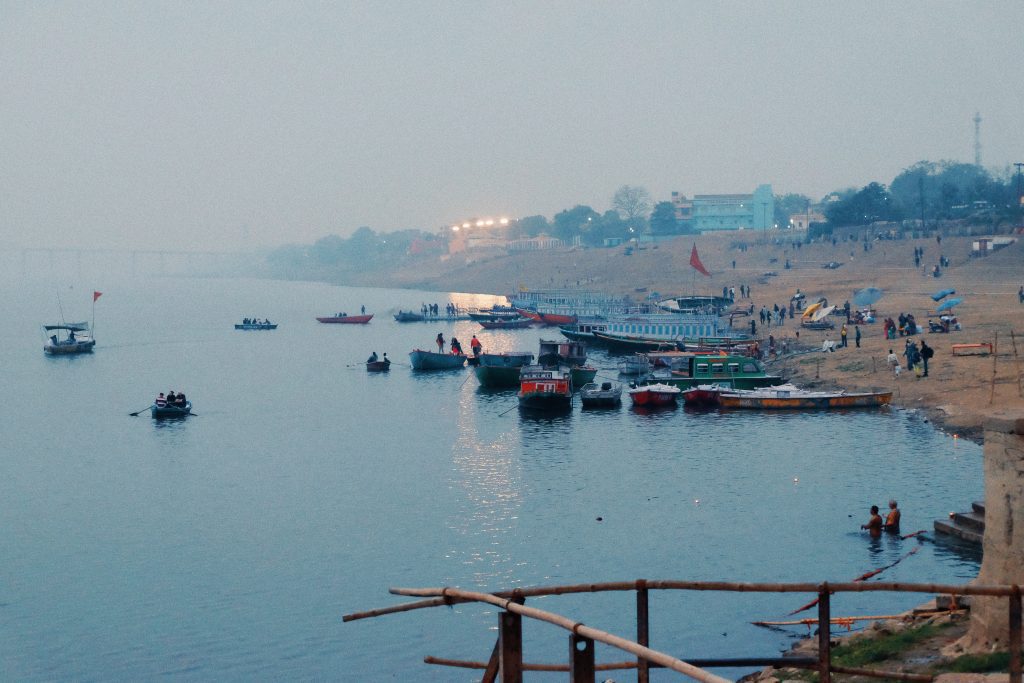
I spent almost all of my time in Varanasi in the old part of the city. Note that Varanasi is sometimes described as the oldest continuously inhabited city in the planet. Walking through the narrow streets and the labyrinth of alleyways and coming across all the sights and sounds of the old city validated that impression. It was like being warped into an unfamiliar epoch. Once in a while you are reminded that you still belong to the present and it gives you a pleasant realization how things have been kept the way they’ve always been for hundreds of years in this city.
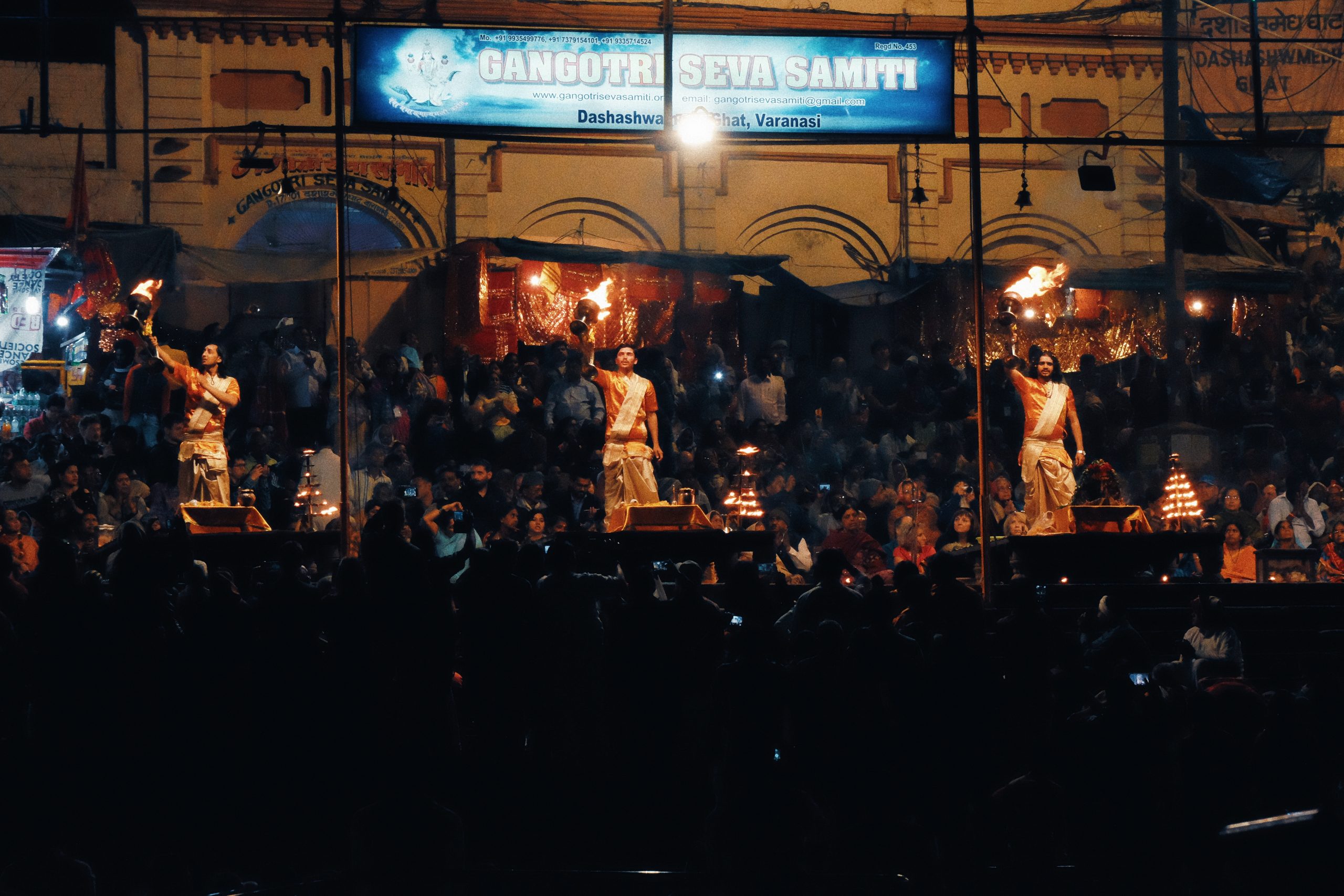
Note: This is an ante-dated post (actual date of events)
February 12-13, 2018. It is both a disturbing and a solemn experience to witness burning bodies as you walk along either of the two ghats (stepped segments on the river bank) dedicated to the cremation ritual along the Ganges. Hindus believe that the Ganges, particularly in Varanasi, is the most sacred place to die, and that cremation along its banks breaks the never-ending cycle of life, death and tragedy and delivers one’s soul to moksha.
As a matter of fact, some Hindu families prepare for the expected deaths of loved ones in Varanasi for the purpose of having their relatives fatefully die in this sacred place. Some Hindu individuals who feel like they are near their deaths, travel to the city and lodge at hospices near the river especially established for those who wish to make their death beds, waiting for the day they perish.

Note: This is an ante-dated post (actual date of events).
February 12 – 13, 2018. Some experts claim that the Ganges is one of the most polluted rivers in the world. Despite this reputation, thousands of devotees bathe each day in its waters at the city of Varanasi in Uttar Pradesh–believing that immersing in its waters helps purify their souls and facilitate moksha, or the liberation from the recurring cycle of rebirth and tragedy. Or at least they get good karma, although I am not so sure good karma is all they’re getting from the water.
Great efforts are being exerted to reverse the pollution. And this is not impossible because the Ganges is a moving river constantly drained by monsoon and upland waters from the Himalayas.
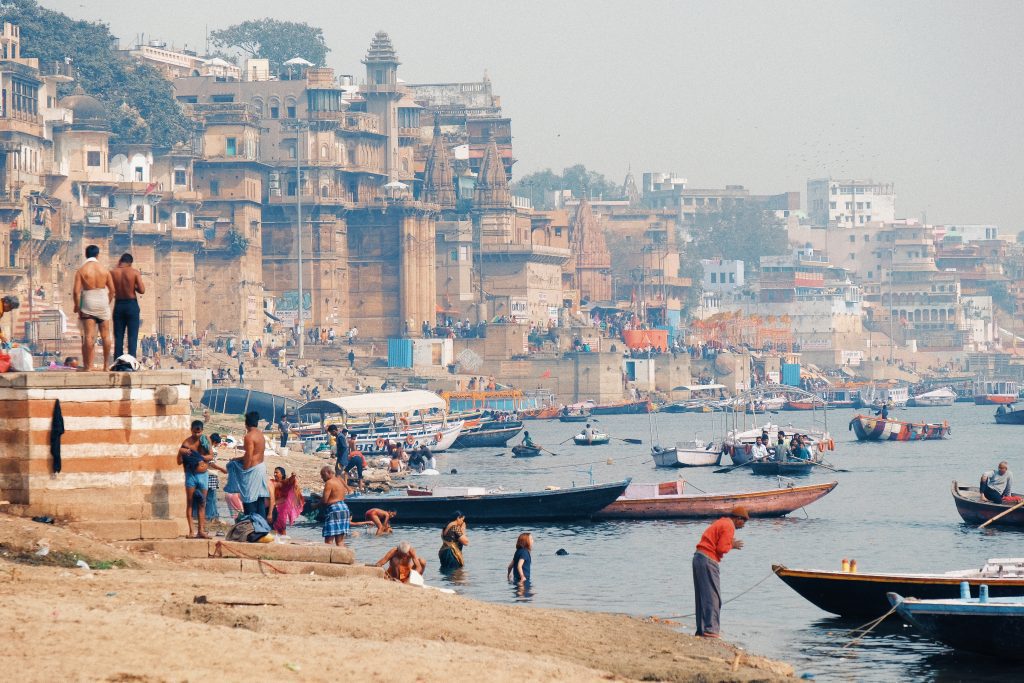
I arrived in Varanasi after a gruelling 36-hours and four-flights voyage from Manila. It was originally supposed to be just a three-flight trip in under a day, but since I had booked my flights almost a year ahead of my travel, one of the segments apparently got discontinued along the way. Thus, instead of flying directly to Varanasi from Kolkata, I had to fly all the way west to Delhi and then turn back east to reach Varanasi.
Watch this travel reel I made of my trip to Vietnam some weeks ago. Includes shots from Hoi An, Da Nang, Ninh Binh and Hanoi.

